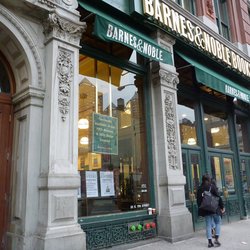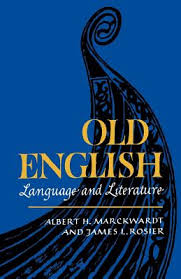I think back increasingly these days, catching my breath from time to time in St Andrews, on why I became a medievalist, and what made me first realize I wanted to study the middle ages. It was undoubtedly the influence of books and teachers back when I was a freshman at Monsignor Farrell High school on Staten Island. My religion teacher, Ed Stivander, was quite a character, and literally taught theatrically, dressing up on one occasion as St Francis and another as the pope! But one thing he did was tell me was that it was time for me to read The Hobbit and The Lord of the Rings; and he was absolutely right. As I devoured these, and then CS Lewis’s space trilogy, I not only loved these books, but also fell in love with what Tolkien and Lewis were in their professional lives, namely scholars who studied and taught about medieval language and literature. I began to realize that I wanted to do what they did.
While I read these books under Ed Stivander’s tutelage, I also simultaneously was enjoying an etymological book that we used in English class. The book was in alphabetical order, and I still remember enjoying the Latin roots of “abdicated” and “abrogate”. But when we came to “baneful”, and I learned the Old English word bana for “slayer”, it was love at first sight. I began to spend countless hours going through the old giant Webster’s dictionary we had in our house, enjoying finding Anglo Saxon roots, and also references even to Old Norse and Sanskrit! Later in high school I expressed the desire to learn Old English, and Fr. Maurice Carroll helped me. He introduced me to the old Barnes and Noble textbook warehouse on 18th street at 5th Avenue, which I understand sadly closed some years ago. While walking through the old place, its creaky floors and giant shelves, I came upon a book sitting in a corner by itself and purchased it, Markwardt and Rosier’s Old English Language and Literature.

I took this book home and began to teach myself Old English, and made some good progress. While I would also work at home, I began the habit, after an introductory visit with Fr. Carroll, of working with Bosworth-Toller’s Old English dictionary, located in the Great Reading Room of the Public Library located on Fifth Avenue. I soon felt at home but never lost my sense of awe of this wonderful space, which to me was as sacred in its way as my beloved St Patrick’s Cathedral a few blocks away.

As an undergraduate at Emory I was able to study Old English for a year, and even took a semester of Gothic, the ancient Germanic language of the Visigoths and Ostrogoths. As college went on I moved more into historical studies, and eventually went on to get my doctorate in medieval history. But I never forgot my love of ancient Germanic languages, and what first made me love the middle ages. And now, with the help of an old friend, which I purchased long ago in Manhattan, I am once again reviving my reading in Anglo Saxon, and reading the biblical text in Old English. I am thoroughly enjoying it,and if I can keep it up, a day at a time, I hope soon to be reading Old English poetry again. Can Gothic and Old Norse be in the future? Who can say, but what I can say is that I am very happy to be back to basics, doing something that speaks to my heart for the sheer joy it brings. And I hope professors Tolkien and Lewis are watching over me.


Grundtvig would be proud of you!!!
LikeLike
Thanks! I hope so!!
LikeLike